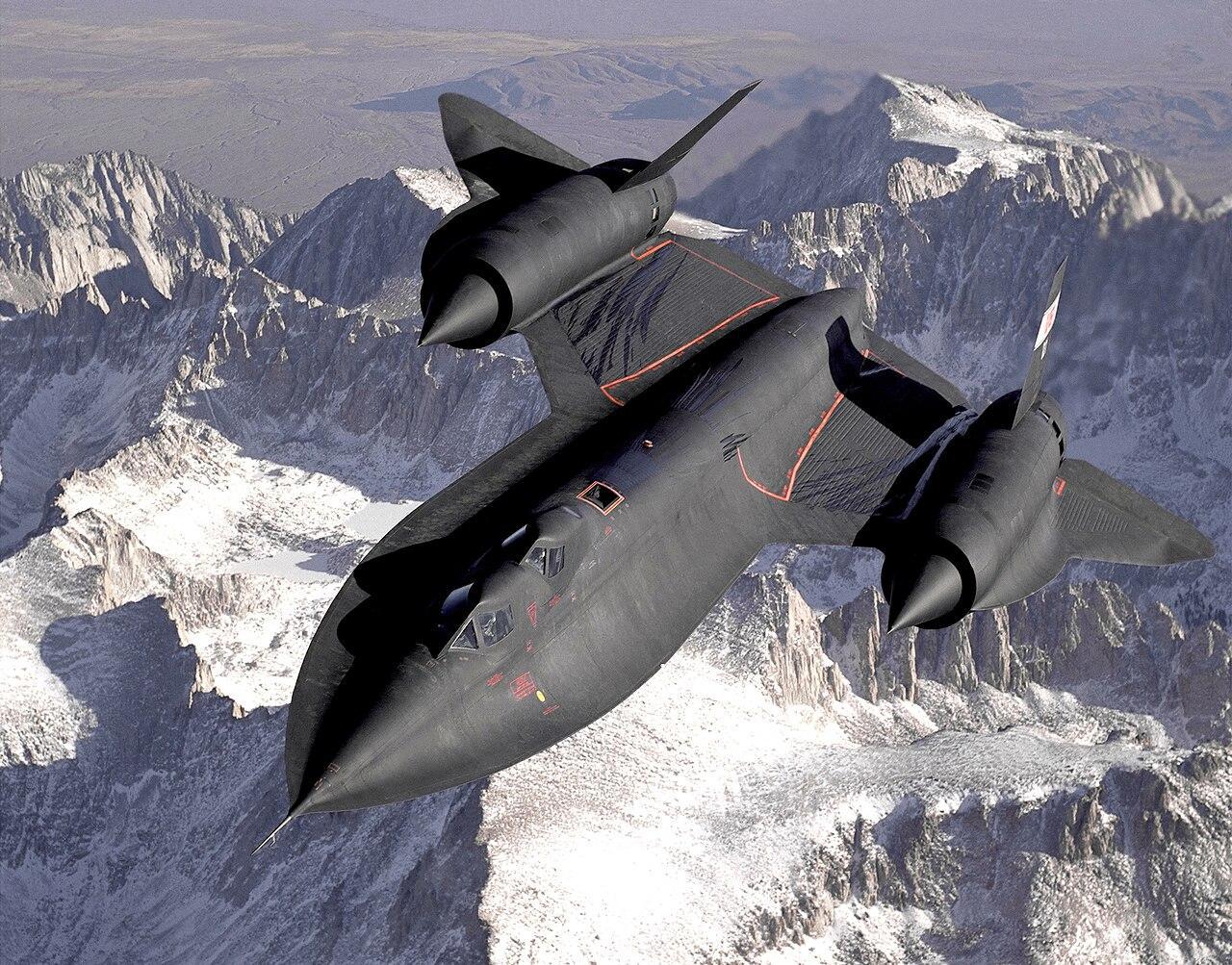New Zealand Company Set to Revolutionize Space Travel
An aerospace company based in New Zealand is currently working on a groundbreaking project that could lead to the creation of a reusable spaceplane.
If successful, Dawn Aerospace could become the pioneer of affordable and routine space flights, which could revolutionize the future of the aerospace industry. But how close are they to making this a reality? Let’s find out.
Dawn Aerospace
Based in Christchurch, on New Zealand’s south island, Dawn Aerospace has been working on blending the characteristics of a space rocket and an airplane to create a reusable space plane.

Source: Wikimedia
The company aims to turn its Mk-II rocket into a vehicle that provides affordable and frequent space trips.
The Lack of Reusable Rockets
Only recently have reusable rockets begun to appear in the aerospace industry again. The Falcon-9, manufactured by SpaceX, is one example that can be reused over ten times.

Source: Wikimedia
Blue Origin’s New Shepard is another rocket designed for reusability. Dawn Aerospace hopes to join this list and promote a future in which single-use rockets are a thing of the past, and they are getting closer to this reality.
Mk-II Rocket
The Dawn Aerospace Mk-II rocket recently completed an unmanned test flight, reaching an altitude of around 50,000 feet and transonic speeds of Mach 0.92, or around 705 miles per hour.

Source: Dawn Aerospace
According to Fox News, the team that conducted this test as part of its Campaign 2-2 development program deemed it a success.
The Next Round of Testing for Dawn Aerospace
After analyzing the test results, engineers from Dawn Aerospace reported a sensational increase in performance when compared against earlier metrics.

Source: Wikimedia
The next round of testing, Campaign 2-3, is set to begin this month, and the company’s goal is to achieve supersonic flight. If accomplished, this will mark a significant milestone in Dawn Aerospace’s plans to create a space plane that perfectly combines a conventional aircraft with the performance of a rocket.
The Philosophy of Dawn Aerospace Rocket
The team of researchers at Dawn Aerospace appear to have based the development of their rocket on NASA’s X-15 program that ran during the middle of the 20th century.

Source: Wikimedia
Their engineers began with a conventional aircraft and have progressively enhanced its capabilities with each testing phase. This has slowly turned it into a spaceplane that can take off and land on a runway like a conventional airplane.
What's Set to Happen in Campaign 2-3?
During the next round of testing, Campaign 2-3, Dawn Aerospace will use their Mk-IIA aircraft. It will attempt to break the sound barrier, which means it will have to reach a max speed of around 767 mph.

Source: Dawn Aerospace
Other aspects of the next round of testing will analyze the spaceplane’s design and how well it works at different altitudes and varying speeds.
A Significant Increase in Power
Once testing on the Mk-IIA spacecraft has been completed and the team is happy with the results, they will move on to the next phase, which includes using the Mk-II B.

Source: Wikimedia
According to Dawn Aerospace, the Mk-IIB will be more powerful than its predecessor, having around 10% more thrust and up to 30% more total impulse than the MK-IIA.
Ambitious Targets Set by Dawn Aerospace
The New Zealand-based company has set some rather ambitious targets for its Mk-II spaceplane, which it aims to accomplish by 2025.

Source: Wikimedia
Firstly, they want it to ascend faster than an F-15, fly higher than a reconnaissance aircraft, a MiG-25, and exceed the max speed of an Sr-71 Blackbird, which glides through the sky at 2,200 mph.
Set to Break a Record
The New Zealand company also aspires to become the first aircraft to fly above the Karman line twice in one day.

Source: Wikimedia
The Karman line is approximately 62 miles above the planet’s surface and is often described as the boundary that separates Earth’s atmosphere from outer space.
Funding Required for the Testing
Dawn Aerospace has invested around $10 million in its Mk-II rocket design and announced that it plans to complete the project for under $20 million.

Source: Wikimedia
The company’s rapid progress can be attributed to several factors, including its design methodology and core philosophy. These work together to allow the company to move coherently through the various testing phases while minimizing all risks.
The Philosophy of the Mk-II
The company’s founders all have backgrounds in traditional aviation and rocketry, which allowed them to collaborate on designing the Mk-II rocket. This rocket embodies aspects of an aircraft, including low operational costs, frequent reusability, and high reliability.

Source: Wikimedia
After successfully implementing all of these characteristics into their rocket, the New Zealand-based company appears poised to revolutionize the aerospace industry in the coming years.
